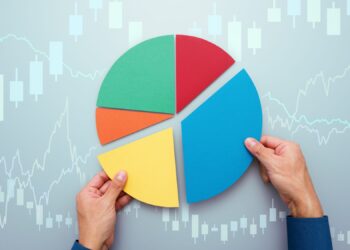ISA told the House of Representatives standing committee on economics on Thursday that it had used different assumptions for its early release modelling to its generic calculator on its website.
Deputy chair of the committee, Dr Andrew Leigh, noted the ASIC calculator had estimated the cost of withdrawal for a 30-year-old claiming the full $20,000 available under the scheme would translate to a $43,000 loss in retirement, while the ISA analysis issued to consumers had placed the loss at $97,000.
The public hearing occurred after ASIC had expressed concerns that Industry Super’s modelling did not comply with the regulator’s trustee communication principles around the early release scheme.
Matthew Linden, deputy chief executive of ISA told the parliamentary committee that the body changed its assumptions last week, after ASIC updated its own calculators, modelling and FAQs.
The updates from ASIC prompted ISA to re-examine and make adjustments to its calculators and early release modelling – with Mr Linden adding it had been a “little bit of time” since the body had updated its underlying assumptions.
According to Mr Linden, ASIC had not issued any guidance around early release modelling before then, only having a range of legislative instruments in relation to generic calculators.
“We along with others had a look at the detail of our calculators,” Mr Linden said.
“There’s now a single assumption set which is used for the generic calculator and early release model.”
Standing committee on economics chair Tim Wilson responded: “So before [last week], there were differences between the early release calculator and the generic calculator?”
“There were some differences,” Mr Linden admitted.
“So why were there differences then versus now, or is it just because you’ve been called out?” Mr Wilson questioned.
Mr Linden said: “No, I think the issue is that ASIC updated its guidance, it updated its own assumptions.”
In terms of economic parameters, ISA had assumed a CPI (consumer price index) of 2 per cent and a real wage growth assumption of 1 per cent, alongside a 3 per cent deflator.
In contrast, with its updated assumptions on 17 April, ASIC increased its deflator to 4 per cent, from its prior 3.2 per cent. Mr Linden said the increase was “the most significant factor in ASIC’s numbers”.
“This changes the value of the present value of those future dollars,” he said.
“Obviously you get different outcomes depending on what sort of deflator is used. [The ASIC deflator increase] has the effect, of all things being equal, lowering the dollar value of those future dollars.
“We in our modelling have adopted a 3 per cent deflator, which we think is more in line with contemporary economic evidence by trajectory and projections around real wages growth and CPI by Treasury and RBA. Any of the analysis around productivity growth in the future [has shown it] is in fact going to be lower [than] it has been in the past and 4 per cent is quite a high deflator to be using.”
But Mr Linden and chief executive Bernie Dean had defended the body’s calculations, stating its approach and assumptions had aligned closely with the Productivity Commission.
“While assumptions vary, they do vary widely across the sector, even across government departments,” Mr Dean said.
During the hearing, the body issued a statement declaring that it would be investing tens of billions of dollars in Australia’s economic recovery following the COVID-19 crisis.







